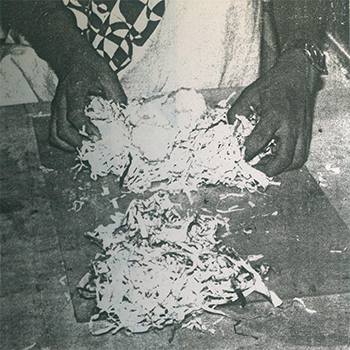Man has always needed three-dimensional expression, and paper mache is a cheap and easy material to use that has the advantage of drying naturally to a hard and durable substance without necessarily having to be baked like clay. In IDC, some work has already been done on the paper mache and its techniques. This project is a phase of this study devoted to the research of paper mache in various applications in IDC.
By the end of the second century AD, the Chinese had invented paper, made from mulberry bark, cotton, vegetable fibers, and linen rags. Papermaking was slow, laborious, and therefore expensive, so it would follow that good things were to be made from off-cuts and scraps. Two paper mache helmets, toughened by lacquer, that survive from this period are the first examples of paper mache. Paper mache started getting used extensively for elaborately decorated and ornate furnishings that we see in museums. But the decline in the use of this material was revived by the French in the 18th century. Paper mache actually means chewed-up paper. Trays, boxes, and even furniture were often made with inlaid pearls.
